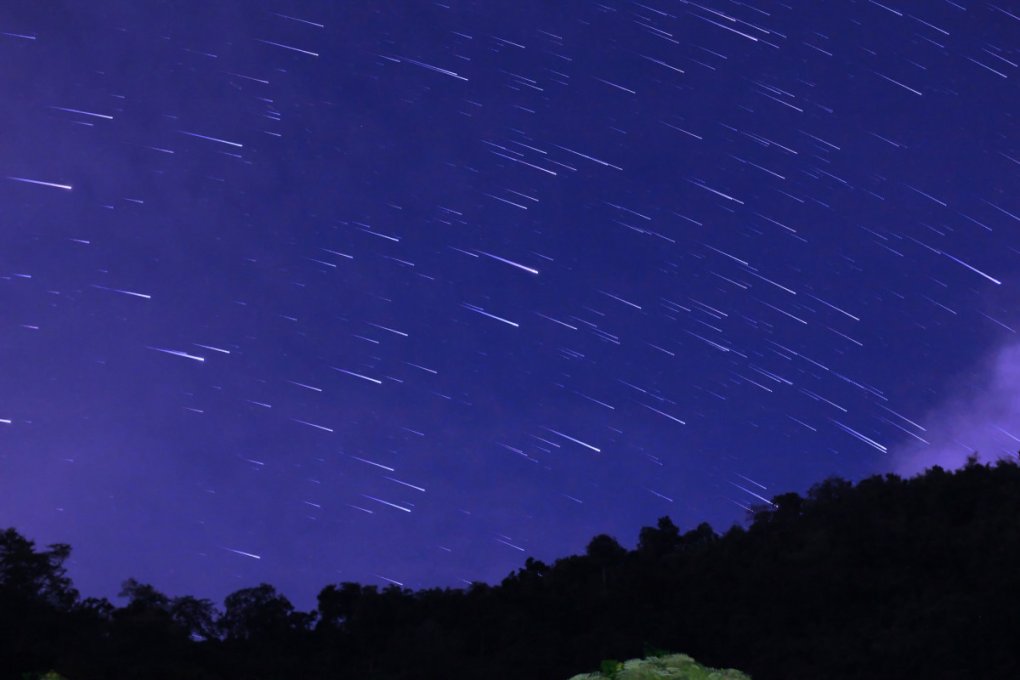The Perseid meteor shower is one of the most magnificent displays of "falling stars" each year, lasting from mid-July to the end of August. The peak of the meteor shower is on August 11th-12th, but it can still be seen for a couple more weeks.
What causes the Perseid meteor shower?
The Perseid meteor shower is caused by the comet Swift-Tuttle, which was independently discovered by two astronomers, Lewis Swift and Horace Tuttle, in 1862. When it last passed by Earth in 1992, it was not visible to the naked eye. If the predictions are correct, the meteor will pass by Earth again in 2126 and may then be visible without specialized equipment, similar to the Hale-Bopp comet in 1997.
The Perseid cloud, or particles shed from the Swift-Tuttle comet, are located along the orbit of the comet. When these enter Earth's atmosphere, they are called meteors. If a meteor hits Earth, it is then called a meteorite.
A meteor shower is visible when Earth passes through a comet's orbit. As Earth enters and exits the orbit, fewer falling stars are visible; the peak is about midway through this movement, when Earth is in the region with the most comet particles. In some years, up to 200 meteors per hour can be seen at this peak; this year, the maximum was around 100 meteors.
The Perseids are very hot, with temperatures exceeding 1,650 degrees Celsius. As a fragment moves through the atmosphere at tremendous speed (about 60,000 meters per second or 216,000 km/h), it compresses and heats the air in front of it, appearing as a star. Thus, when you observe a meteor shower, you are seeing comet debris heating up and burning bright as they enter the atmosphere. Most fragments are visible when they are about 97 kilometers above the ground.
Where and when can you see the Perseid meteor shower?
The Perseid meteor shower is best seen in the northern hemisphere from mid-July to the end of August, especially on the nights of August 11th and 12th, some time before dawn.
No telescope or binoculars are needed to enjoy the display, as the key is to observe as much of the sky as possible and let your eyes adjust to the darkness for about 30 minutes. All you need is darkness, a comfortable spot to sit back and relax, and a bit of patience.
Look up and to the north. To find the Perseid meteor shower, look for the point in the sky from which they appear to originate – this is called the radiant. According to NASA, the Perseid radiant is located in the constellation Perseus. Although Perseus is not the easiest to find, first look for the bright and distinct Cassiopeia in the night sky. The constellation that follows is Perseus. The meteor shower is named after the constellation in which it is visible, but the constellation is not the source of the meteors.
Enjoy the meteor shower alone or with friends!
Photographing a meteor shower requires special equipment: an astrophotography camera and a good astrophotography lens. To find these, explore our product range at www.starstore.eu !
P.S. Although Perseids are visible every year, a Perseid meteor storm is expected in 2028. It is four years away, but it's worth marking it in your calendar now so you don't forget the big event.








